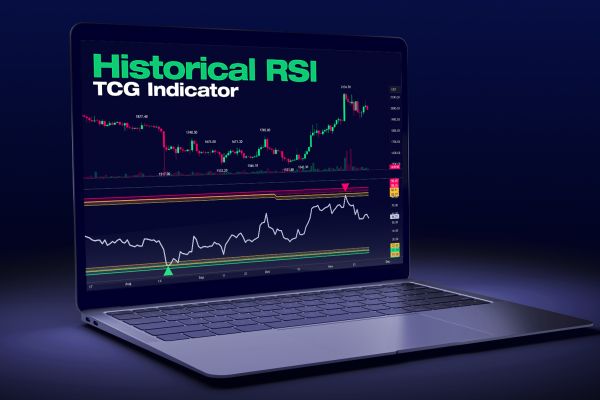Hello everyone! Today, we're going to dive into an intriguing analogy that might just change how you view stock trading. Have you ever thought about how trading is similar to surfing? It may sound a bit unusual at first, but as we explore this comparison, you'll see there's a lot more common ground than you might think. This fascinating perspective comes from ChartGuys.com, and we're here to unpack it in a way that's both insightful and easy to grasp.
Learning Curve
Surfing and Trading First off, let's talk about learning. If you've ever tried to surf, you know it's all about getting out there, falling off, and getting back on the board. Trading is similar. The more you engage with the market, the quicker you'll learn the ropes. It's not just about dipping your toes in now and then; it's about immersing yourself regularly. This consistent effort builds a foundation of understanding and skill, essential for both surfing and trading.
Comfort and Intuition
Developing a Flow State In both surfing and trading, there's a sweet spot where everything just clicks. For a surfer, it's when they can feel the wave's pull and know instinctively where to be. For traders, it's about developing a sense of the market's rhythm. This doesn't happen overnight. It comes from experience, from spending time in the water or in the market, and from reaching a level of comfort where actions become almost second nature.
The Thrill of Success
Dopamine Hits in Surfing and Trading There's a certain rush that comes with catching a perfect wave or nailing a trade. In surfing, it's the exhilaration of riding the wave; in trading, it's the satisfaction of a profitable decision. Both activities trigger a dopamine response, providing a sense of joy and accomplishment that keeps enthusiasts coming back for more.
Resource Management
Energy in Surfing, Capital in Trading A surfer's energy is akin to a trader's capital. Wise surfers know not every wave is worth chasing, just as savvy traders understand not every opportunity is worth the investment. It's about strategic decision-making, conserving your resources – be it physical energy or financial capital – for the moments that offer the best potential return.
Risk Management
The Art of the Stop Loss In trading, a stop loss is a critical tool for managing risk – it's a predetermined point at which you'll exit a trade to minimize potential losses. In surfing, this concept can be seen when a surfer decides to pull back from a wave that doesn't feel right, conserving energy for a better opportunity. It's about knowing when to hold back and when to go all in, a skill that's crucial in both pursuits.
Patience and Selectivity
Waiting for the Right Conditions just like surfers wait for the perfect wave conditions, traders wait for the right market conditions. On choppy, unpredictable days, a surfer might choose to stay ashore. Similarly, in periods of market uncertainty or low volatility, a wise trader might hold off, conserving their capital for more favorable trading conditions. This patience and selectivity are key in maximizing chances of success.
Overcoming Fear
Starting out, both surfing and trading can be intimidating. The height of the waves, the depth of the market – it's natural to feel a bit overwhelmed. But with experience, this fear diminishes. You learn to trust your abilities and make decisions with confidence, whether you're paddling into a big wave or executing a complex trade.
The Role of Time and Comfort Zones
Experience in both surfing and trading is also a function of time. You can't expect to match the skill level of someone who's been at it for years if you're just starting out. Also, having a familiar setting – a regular surf spot or a consistent trading setup – helps in building confidence and efficiency.
Conclusion
So, there you have it. Trading and surfing might seem worlds apart, but they share some fundamental principles: the importance of practice, risk management, patience, and the journey towards overcoming fear and gaining confidence. Whether you're riding the ocean's waves or the market's fluctuations, understanding these parallels can provide valuable insights into both worlds.
Disclaimer: This video transcript summary has been created or edited with the help of various AI tools.
















